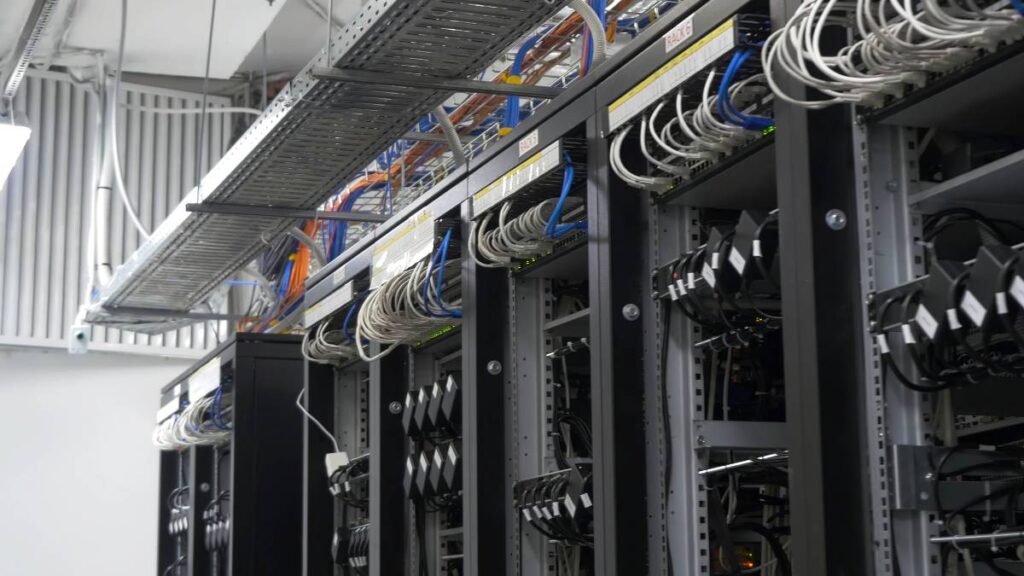Have you ever considered the environmental impact of sending an email? At first glance, emails appear to be a low-impact form of communication. However, they harbor hidden energy consumption that contributes to their environmental footprint. This article unveils the energy journey of emails, from creation to reception, and explores the factors that shape their environmental impact.
What Happens When You Send an Email?
When you send an email, it embarks on a complex journey involving various energy-consuming elements:
- User Devices: Your computer or smartphone needs electricity to operate, beginning the energy consumption cycle with every email sent or received.
- Data Centers: These are the heart of email storage, where servers run continuously, requiring substantial energy for operation and cooling systems to prevent overheating.
- Network Infrastructure: The transmission of emails across the internet relies on a vast network infrastructure, consuming energy every step of the way.
Size Matters: The Impact of Email Content
The energy consumption of an email can vary based on its content:
- Larger emails, with attachments or images, demand more storage space and data for transmission, increasing their energy footprint.
- Conversely, simple text emails are more energy-efficient, needing less storage and bandwidth.
A Global Footprint: Scale and Sustainability
Email usage is immense globally, with billions sent daily, leading to significant cumulative energy consumption. This usage often relies on electricity generated from fossil fuels, further linking email traffic to carbon emissions and climate change. The concept of an email’s carbon footprint becomes relevant, quantifying the CO2 emissions tied to its energy use.
Email Carbon Footprint Calculator
Reducing the Impact: Greening Your Inbox
Individuals can take steps to minimize their email energy consumption:
- Limit the size of attachments and opt for links or cloud-sharing alternatives.
- Regularly clean out your inbox and delete unnecessary emails to reduce storage demand.
- Opt out of unneeded subscriptions to decrease incoming email volume.
- Choosing email providers committed to sustainability can also make a difference, as some invest in greener practices and renewable energy.
The Bigger Picture: Beyond Individual Action
While personal actions matter, systemic changes are crucial for substantial impact:
- Tech companies like AWS and Microsoft, are working to enhance data center efficiency, reducing overall energy use.
- Transitioning email system power sources to renewable energy can significantly cut carbon emissions.
- Innovations in email technology aim to increase energy efficiency across the board.
Conclusion
Emails, a staple of modern communication, do consume energy, and their global scale amplifies their environmental impact. By understanding the energy journey of emails and taking steps to reduce their footprint, individuals can contribute to a greener inbox. However, the most significant changes depend on broader industry shifts towards more sustainable practices. Together, individual actions and corporate responsibility can pave the way for a more sustainable future in digital communication. Could your next email be a step towards a more energy-efficient world?



